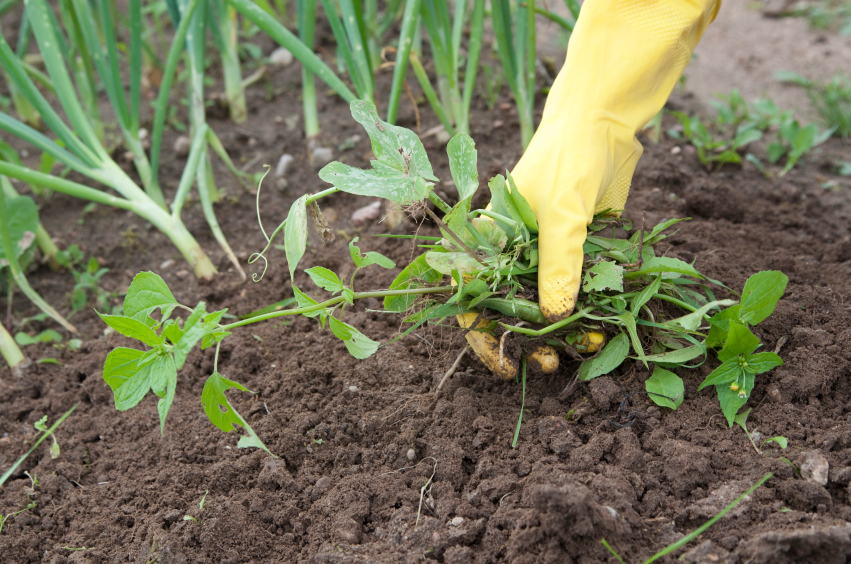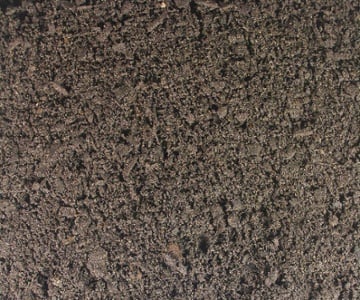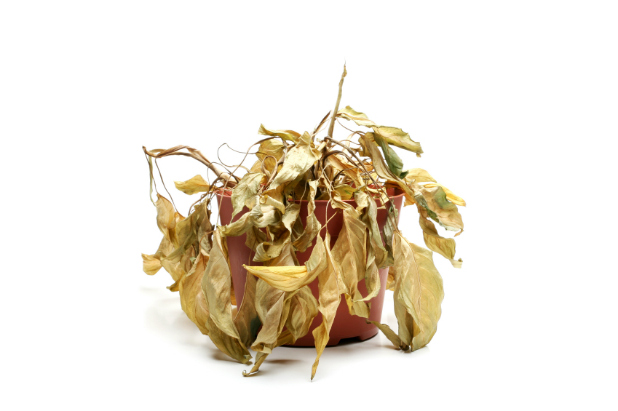A new garden that’s been freshly mulched looks fantastic, that’s probably why most of us buy the stuff and spread it. But do we really know what we are doing and why? The benefits of mulch are important to residential landscaping and commercial landscaping, but using it properly is critical to the overall health and long term growth of plants. Here is an outline of the basic function, use, and material options for mulch.
Types of Mulch
When we refer to mulch, we are talking about the organic material of trees that is spread lightly around plants in a garden bed. Rock and stone can also be used as ‘mulch’ in garden beds, but the look and function is very different. The most common forms of mulch are wood or bark that is chipped, shredded, or shaved. Western Red Cedar, Cocoa Shells, and hardwood material are the most popular options that you may have seen or even used in your own landscape. With these three types of mulch, the choice to buy a colored or dyed mulch is available at most retail centers. The colors used include shades of red, brown, gray, and black. Many customers prefer dyed mulch for the rich color it adds to the garden.



Importance of Mulch
The primary function of mulch in garden beds is to reduce invasive weeds and reduce washout from rain. When bare dirt or soil is exposed, it is vulnerable to weeds taking root. Rainwater can also come and completely washout the planting soil in the garden. By spreading a thin layer of mulch, the severity and frequency of those occurrences are reduced. A few other environmental benefits of mulch is moisture retention, protection for roots from temperature extremes, and added nutrients when the mulch decomposes.

Proper Amount of Mulch
Mulch should be used to cover exposed dirt around plants for weed reduction and erosion control. However, the most common mistake when using mulch is spreading too thin or too thick around the plants. Again, the purpose of mulch is to conserve moisture and reduce weed growth. If mulch is spread too thin in the garden, bare dirt will be exposed and weeds will be able to move in easily becoming an eyesore and hassle. If spread too thick, not only are you wasting time and money on excess mulch, but it can restrict the natural growth and spreading of perennials. The suggested depth of mulch is 3” for new garden beds. You can use less when doing a mulch refresh for existing beds, or a little more depending on the variety of plants being used. Many garden centers have mulch calculators to determine the proper amount for your specific area. The eventual goal is to no longer need mulch when the plants in your garden have grown and the amount of bare dirt in the garden is minimal.
- Mulch, Dirt, and Rock For Sale -
With so many different materials, types, and colors, the opportunity to finish those gardens around your house should be easy. Mulch can be the cherry on top of a brand new landscape enhancing the visual appeal of a garden. However, the environmental benefits are far more important to the health and longevity of your garden.

